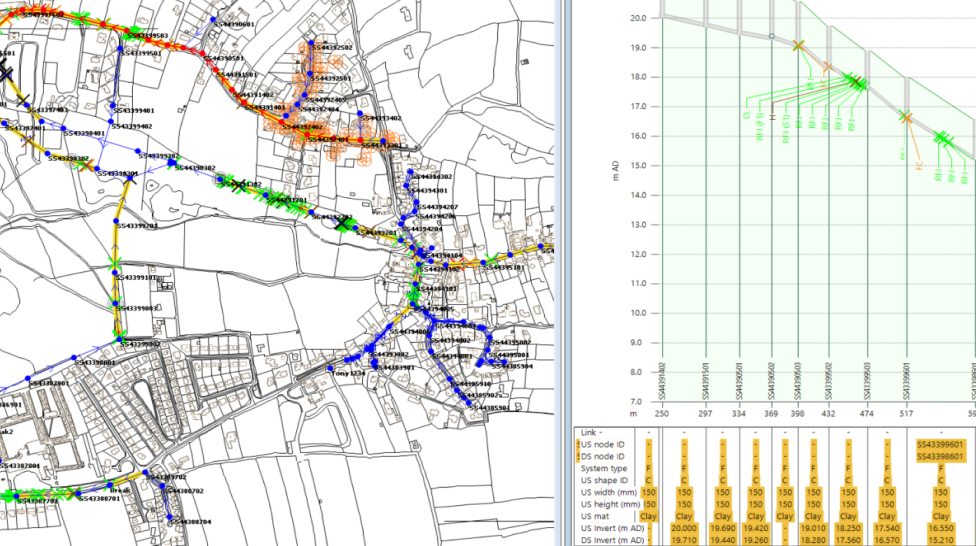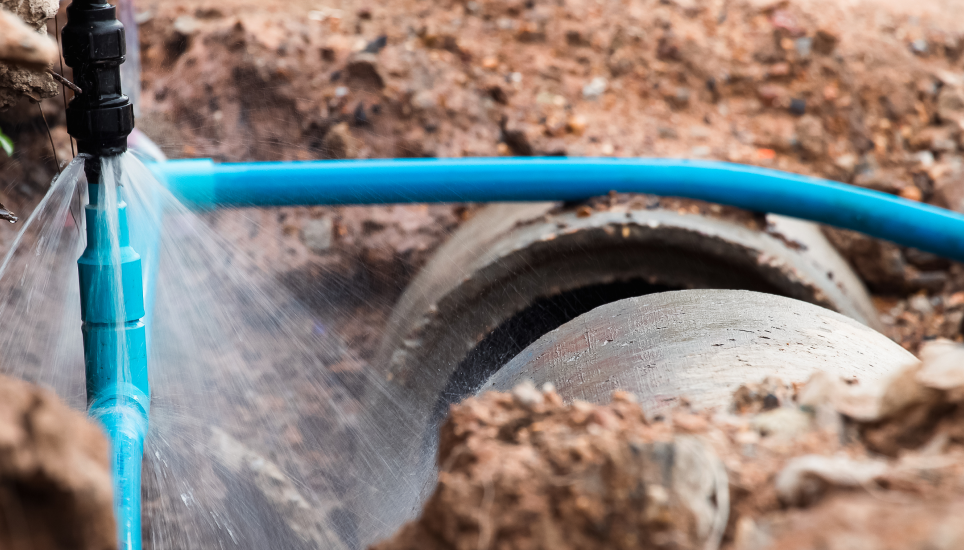What is InfoAsset Manager?
InfoAsset Manager consolidates up-to-date asset information on historical, present, and future operation and maintenance activities, so you know how well the network is operating, and the cost of operating and maintaining the assets.




